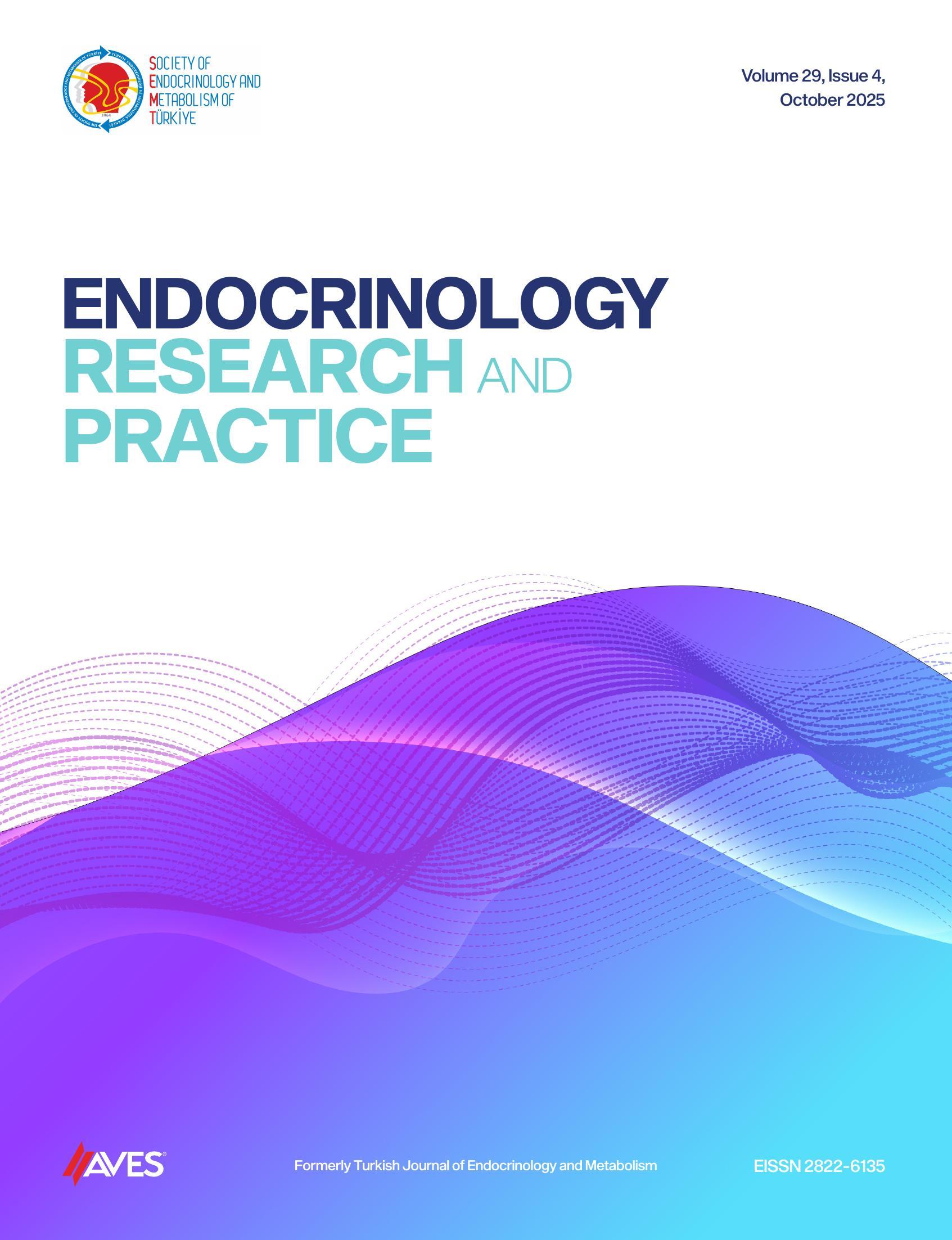The aim s of this study were to determine the prevalence of subclinical thyroid dysfunction and to evaluate the relationship between hormonal status and spinal bone mineral density (BMD) in clinically euthyroid goitrous children and also to evaluate the impact of long term levothyroxine (L-T4) treatment on spinal BMD. A total of 142 patients (mean age: 11.3±3.2 years) with clinically euthyroid goiter whose baseline thyroid hormones and sensitive TSH values and TSH response to TRH stimulation on admission had revealed subclinical thyroid dysfunction were enrolled in this study. The patients were divided into two groups: Group I consisted of 66 newly-diagnosed patients who had not received L-T4 whereas Group II consisted of 76 cases who had been taking L-T4 for a mean period of 3.4±2.5 years. These two groups were also subdivided according to their TRH test results: Group Ia and IIa were euthyroid, Group Ib and IIb were subclinical hypothyroid. Lumbar spine (L2-4) BMD was measured by DEXA. The results were compared within each group using unidimensional variance analyses according to the subclinical dysfunction and whether treatment had been implemented or not. The TRH stimulation test showed that out of 142 cases 95 (66.90%) had euthyroidism, 42 (29.57%) had subclinical hypothyroidism and 5 (3.53%) had subclinical hyperthyroidism. Spinal BMD results on admission were significantly low in the subclinical hypothyroid patients compared to that of euthyroid patients. There was also no adverse effect of L-T4 treatment on the spinal BMD in the 76 treated patients when compared to the 66 non-treated cases. A TRH stimulation test should be done in all clinically euthyroid goitrous patients to detect subclinical thyroid dysf unction. We suggest that long-term L-T4 therapy in subclinical hypothyroid goitrous children has no adverse effect on BMD.

-1(1).png)

.png)